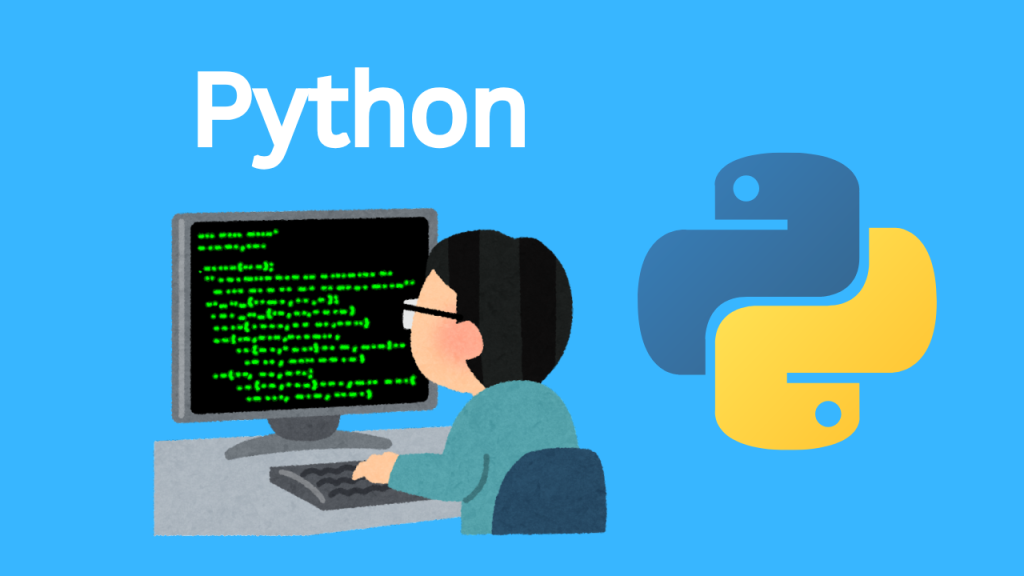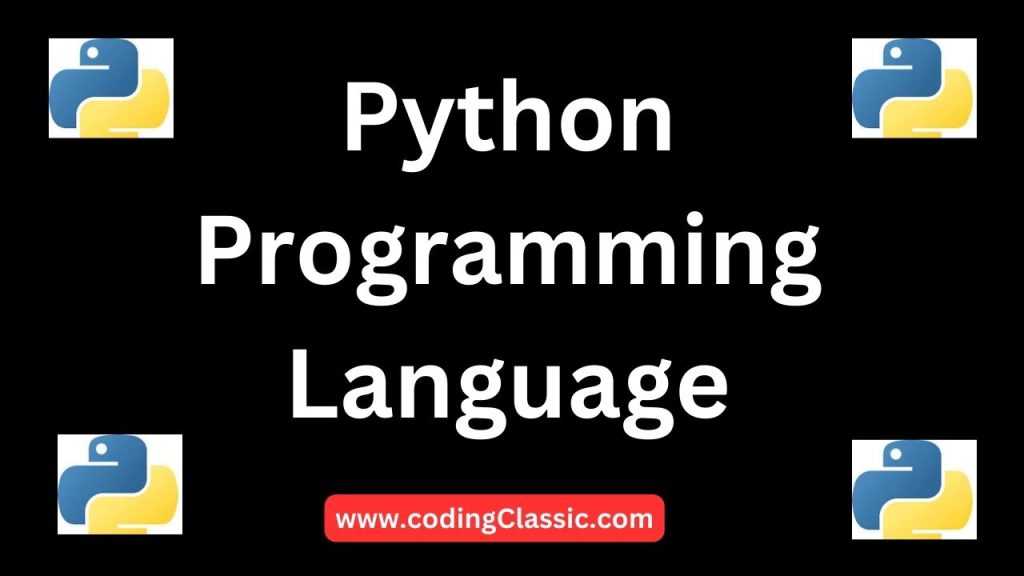
Why is There a Difference Between Running MAME from the Shell vs. Running It as a Python Subprocess?
The MAME (Multiple Arcade Machine Emulator) is a powerful tool for emulating arcade machines and is widely used for various purposes, including automating tasks like generating .wav files from ROMs. However, users often encounter unexpected behavior when attempting to run MAME as a subprocess in Python rather than directly from the command shell. This discrepancy can be puzzling, especially when MAME works seamlessly in the shell but fails or behaves differently when invoked through a Python script.
In this blog, we’ll explore the reasons behind this difference and provide practical solutions to ensure smooth operation of MAME with Python’s subprocess module.
Understanding the Issue
When running MAME from the shell, the command is executed in a native terminal environment, which is already configured to handle input/output streams, environment variables, and permissions appropriately. However, running MAME as a Python subprocess introduces an additional layer of abstraction, which can cause issues such as:
- I/O Stream Handling
Python’ssubprocessmodule captures the standard input, output, and error streams of the command it executes. If MAME relies on real-time interaction or specific I/O configurations, these may not translate well in the subprocess environment. - Environment Variables
MAME may depend on certain environment variables or system configurations to function correctly. When running as a subprocess, Python does not inherit all shell-specific environment settings unless explicitly passed in theenvparameter. - Working Directory
The working directory from which MAME is executed might differ between the shell and the subprocess. MAME may expect to find resources (like ROM files) in a specific directory, which can lead to errors if the directory is not correctly set in the subprocess call. - Permission Issues
Permissions for accessing files, audio devices, or other system resources may differ when running MAME from a Python script, depending on how the script and the shell are executed. - Process Isolation
The subprocess module creates an isolated process for MAME. Any assumptions made by MAME about the parent process’s state or system resources may not hold true in this isolated environment.
Solutions to Resolve the Discrepancy
To address these issues and ensure MAME runs correctly as a subprocess, consider the following steps:
- Pass Environment Variables Explicitly
Use theenvparameter ofsubprocess.Popento pass necessary environment variables. You can get the current environment usingos.environand modify it as needed.import os import subprocess env = os.environ.copy() env['MAME_ENV_VAR'] = 'value' # Replace with actual variable subprocess.run(['mame', 'args'], env=env) - Set the Correct Working Directory
Use thecwdparameter to ensure MAME runs in the correct directory.subprocess.run(['mame', 'args'], cwd='/path/to/mame/files') - Capture and Debug Output
Capture standard output and error to identify what’s going wrong.process = subprocess.Popen( ['mame', 'args'], stdout=subprocess.PIPE, stderr=subprocess.PIPE, text=True ) stdout, stderr = process.communicate() print("STDOUT:", stdout) print("STDERR:", stderr) - Use Shell=True (with Caution)
In some cases, settingshell=Truemay resolve discrepancies, as it allows MAME to run in a shell environment. However, this can introduce security risks if the input is not sanitized.subprocess.run('mame args', shell=True) - Test with Minimal Commands
Start with a simple command and gradually add complexity to identify the root cause. - Check Permissions
Ensure the script and MAME have the necessary permissions to access files and system resources. Run the script with elevated privileges if required. - Debug Using Logs
Enable verbose logging in MAME (if supported) to get detailed insights into its execution.
Conclusion
The difference between running MAME from the shell and as a Python subprocess often stems from how Python handles I/O streams, environment variables, and working directories. By explicitly setting these parameters and debugging outputs, you can ensure smooth operation of MAME in your automated workflows.
If you’re building a system to automate tasks like generating .wav files from ROMs, understanding these nuances is crucial. With the right configuration, Python’s subprocess module can become a reliable tool for integrating MAME into your projects, paving the way for innovative applications like your web-based file processing solution.
FAQ: Running MAME from Shell vs. Python Subprocess
1. What is MAME, and why is it used with Python?
MAME (Multiple Arcade Machine Emulator) is a powerful tool designed to emulate arcade machines and related hardware. It’s commonly used in automation tasks, such as generating .wav files from ROMs, where Python scripts can streamline the process and integrate it into larger systems like web-based platforms.
2. Why does MAME behave differently when run from the shell versus a Python subprocess?
The discrepancy arises due to differences in how the shell and Python’s subprocess module handle environment variables, working directories, input/output streams, and permissions. The shell provides a native terminal environment, while the subprocess creates an isolated environment that may lack specific configurations MAME depends on.
3. What are common issues when running MAME as a Python subprocess?
- Input/output stream conflicts
- Missing or incorrect environment variables
- Incorrect working directory setup
- Permission issues for accessing system resources
- Process isolation that affects MAME’s assumptions about the parent process
4. How can I fix environment-related issues in Python subprocess?
Pass the required environment variables explicitly using the env parameter in subprocess.Popen or subprocess.run. For example:
import os
import subprocess
env = os.environ.copy()
env['VARIABLE_NAME'] = 'value'
subprocess.run(['mame', 'args'], env=env)
5. What is the role of the working directory when running MAME?
MAME may rely on a specific directory structure to locate ROMs or configuration files. Ensure that the cwd (current working directory) is correctly set in the subprocess.run or subprocess.Popen call.
subprocess.run(['mame', 'args'], cwd='/path/to/mame/files')
6. How can I capture MAME’s output in Python for debugging?
Use the stdout and stderr parameters to capture and analyze MAME’s output:
process = subprocess.Popen(
['mame', 'args'],
stdout=subprocess.PIPE,
stderr=subprocess.PIPE,
text=True
)
stdout, stderr = process.communicate()
print("STDOUT:", stdout)
print("STDERR:", stderr)
7. Is it safe to use shell=True in Python subprocess calls for MAME?
While setting shell=True can resolve some issues by running the command in a shell environment, it can introduce security risks, especially if the input contains unsanitized user data. Use it cautiously and only when necessary.
8. What permissions might MAME require to run properly?
MAME may need permissions to access ROM files, audio devices, or other system resources. Ensure both the Python script and MAME have the appropriate file and directory permissions. Running the script with elevated privileges may be necessary in some cases.
9. Why does MAME’s behavior depend on input/output stream handling?
MAME may rely on real-time interaction or expect specific stream configurations for proper execution. Python’s subprocess module captures these streams differently, which can lead to unexpected behavior.
10. What should I do if MAME still doesn’t work as a subprocess?
- Double-check all file paths and configurations.
- Test the command directly in the shell to verify correctness.
- Simplify the subprocess call to isolate the issue.
- Refer to MAME’s documentation for command-specific requirements.
- Consult community forums like Stack Overflow for additional guidance.
11. Can I integrate MAME with web applications using Python?
Yes, Python subprocess allows you to integrate MAME into web applications for tasks like processing .bin files and generating .wav outputs. Ensure all configurations are correctly set, and implement proper error handling to maintain stability.
12. Where can I learn more about MAME and Python subprocess?
For more information, explore the following resources:
- MAME Documentation
- Python subprocess Documentation
- Community forums like Stack Overflow
Have additional questions? Share them in the comments, and we’ll help you troubleshoot!

